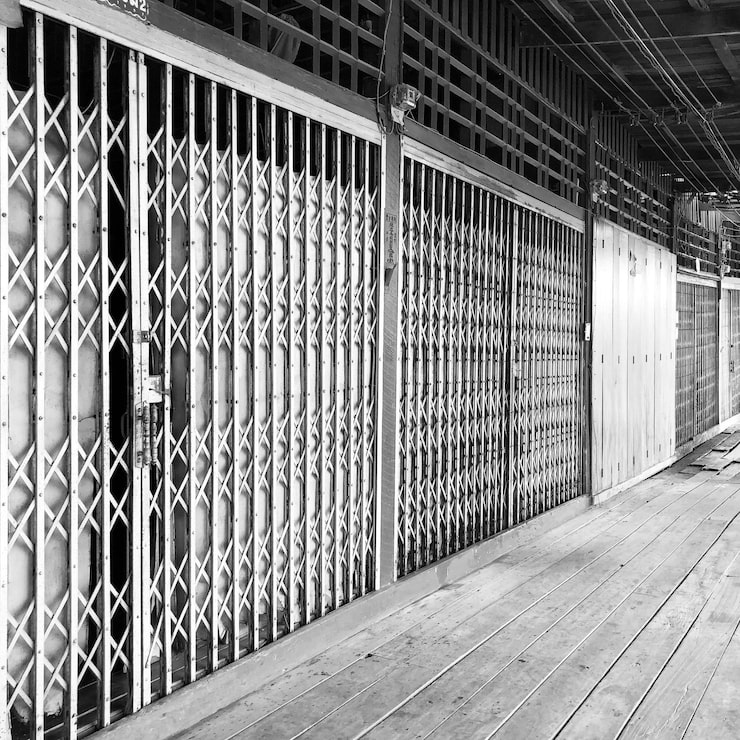State correctional systems are under constant pressure to expand capacity while keeping costs and timelines manageable. Traditional construction methods often struggle to keep pace with these demands, which is why modular jails have become the preferred choice for many state-level expansion projects. Prefabrication, efficiency, and adaptability make modular designs an attractive solution for detention officials, detention equipment contractors, and facility planners alike.
Faster Project Timelines Thanks to Prefabricated Cell Modules That Slash Onsite Construction Periods
One of the strongest appeals of modular jails lies in the speed of delivery. Prefabricated cell modules are built in controlled environments offsite, which means weather delays and other construction setbacks are dramatically reduced. By the time modules arrive at the facility, walls, plumbing, and even detention center doors can already be in place. This turnkey approach allows state agencies to cut months from project schedules, an advantage especially valuable during urgent expansions.
Beyond the timeline itself, the efficiency of prefabricated modules simplifies coordination with detention equipment contractors. Since critical features like reinforced security detention equipment contractor fittings or built-in locking systems are completed prior to installation, fewer contractors are needed onsite. That reduces safety risks, labor costs, and disruptions inside operating correctional environments. The end result is a faster, smoother path to occupancy without compromising the integrity of the facility.
Lower Material Consumption Through Modular Build Methods That Trim Waste Compared to Traditional Builds
Traditional construction tends to generate significant material waste, particularly when structural elements are cut, adjusted, or rebuilt onsite. Modular jails avoid this by standardizing cell module production in factories where precision cuts and material use are tightly controlled. This translates to less waste, fewer discarded materials, and improved cost efficiency throughout the project.
The streamlined production process also supports better inventory management for detention equipment contractors. By knowing exactly how many detention center doors, locks, and security panels will be needed, orders are more accurate and budgets more predictable. States looking to stretch taxpayer dollars often find modular construction attractive for this reason—waste is reduced and resources are maximized.
Built-in Durability Using Monolithic Precast Concrete Designed to Withstand Heavy Institutional Use
Durability is a constant concern in correctional environments. Modular jail units use monolithic precast concrete, which is designed to endure decades of heavy institutional use. This material resists impact, prevents tampering, and holds up against the wear that comes with constant occupancy. With walls poured as a single solid piece, structural weaknesses and joint vulnerabilities are minimized.
For detention equipment contractors, this durability pairs well with reinforced fixtures such as tamper-proof detention center doors and integrated locking systems. These design elements ensure facilities meet security demands without constant repairs or replacements. In long-term planning, states benefit from reduced maintenance costs and fewer facility interruptions, making modular precast construction a logical choice for expansion.
Sustainable Construction Practices Supported Through Modular Components and Local Sourcing
Sustainability has become a greater priority in public infrastructure projects, and modular jails provide several advantages in this area. Modular construction uses repeatable designs and prefabricated systems, which reduces the need for excess materials and limits waste. Many manufacturers also rely on local sourcing, reducing transportation emissions and supporting regional economies.
Detention equipment contractors contribute to sustainability goals by installing energy-efficient detention center doors and advanced locking mechanisms that reduce power consumption. The controlled environment of factory-based production also improves quality control, reducing the chance of discarded or defective parts. Together, these practices align correctional expansions with broader state initiatives for environmentally responsible construction.
Scalability Through Stackable and Reconfigurable Modules That Accommodate Changing Capacity Needs
One of the lesser-known advantages of modular jails is scalability. Modules can be stacked vertically or reconfigured horizontally to accommodate population changes, making it easier for states to adapt facilities over time. Instead of designing entirely new wings or separate facilities, agencies can add new housing units in phases without interrupting existing operations.
This flexibility helps detention equipment contractors plan for future adjustments. Security detention equipment contractor teams can prepare layouts for detention center doors, locks, and surveillance in ways that anticipate eventual growth. States gain peace of mind knowing they can respond to capacity pressures without having to start over with costly new construction projects.
Improved Compliance with Evolving Regulatory Standards via Flexible Design Adaptations
Correctional standards and safety regulations evolve over time, and modular jails are better suited to adapt to these changes. Prefabricated systems allow for design modifications that can be integrated quickly into new or existing builds. For example, detention center doors can be upgraded with advanced locking systems or new access technologies as compliance standards evolve.
Working with a security detention equipment contractor ensures these updates are installed correctly and align with industry expectations. Since modules are produced in a controlled environment, updates to fire safety, accessibility, or energy efficiency can be incorporated more easily than in traditional builds. This adaptability allows state correctional agencies to remain compliant while reducing disruptions to facility operations.

